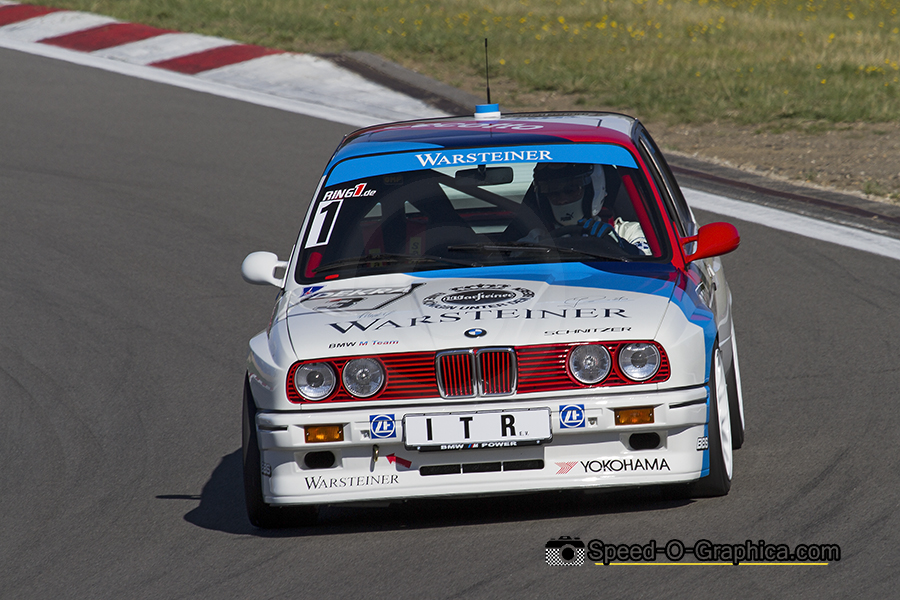The Abrupt End of an Era: Schnitzer Motorsport, The Early Years: Part 2

By Marcel Hundscheid / Speed-O-Graphica
We continue our Schnitzer Motorsport retrospective with a look at the BMW 320i Group 5.
With Deutsche Rennsport Meisterschaft welcoming Group 5 in 1977, Schnitzer decided to return to BMW in 1978 with the 320i Group 5. Austrian driver Harald Ertl had found a sponsor in Sachs who also supported him in his Formula 1 adventure with Ensign. Due to the Formula 1 championship running parallel to Ertl’s participance in the German DRM championship, he could race both the Ensign as well as the 400 hp BMW 320 Turbo in Division 2.
Ertl showed an impressive performance during the 1978 DRM season driving for Schnitzer. In the end he was the only driver to cross the finish line in all eleven races and, after deducting two discarded results, was able to celebrate himself as the German racing champion in 1978. Despite his success with Schnitzer, Ertl would switch to Zakspeed in 1979 and 1980 with the Ford Capri, although there he was less lucky.
In 1980, Schnitzer appeared at the Macau Grand Prix with a Group 5 BMW 320 driven by Hans-Joachim Stuck, who claimed victory. The success story continued in 1983 as Austrian Dieter Quester won the European Touring Car Championship with a Group A BMW 635 CSi.
Two years later, Schnitzer celebrated their first victory in the legendary Spa 24 Hours. Roberto Ravaglia, Gerhard Berger and Marc Surer won the 24-hour race with a BMW 635 CSi. Schnitzer’s sister car, driven by Dieter Quester, Markus Oestreich and Johnny Cecotto, gave the team a one-two finish. The team would go on to celebrate victories at Spa in 1986, 1988, 1990 and 1995.
Italian Roberto Ravaglia gave Schnitzer a second title in the European Championship in 1986 with the 635 CSi. Ravaglia debuted in touring cars back in 1984, coming from Formula 3.
BMW launched the first generation of the legendary M3 in 1986. The car had been presented at the IAA in Frankfurt at the end of 1985. Group A regulations required a minimum of 5000 road-legal copies to be sold within twelve months in order for a vehicle to be homologated for racing.
The first generation M3 was powered by a 2.0-liter 4-cylinder engine, which BMW’s Motorsport division increased to 2.3 liters, also installing a four-valve head. Without the use of a turbocharger, the car was capable of 200 horsepower. With a weight of 1200 kg, the M3 accelerated from 0 to 100 km/h in 6.7 seconds and was capable of a top speed of 235 km/h.
Schnitzer participated with Roberto Ravaglia in the 1987 World Touring Car Championship by entering the BMW M3. Ravaglia immediately claimed the World Championship and kept the title for a period of 18 years, as the first official World Touring Car Championship was launched in 2005.
In the next episode we will continue our story with the evolution version of the BMW M3.

